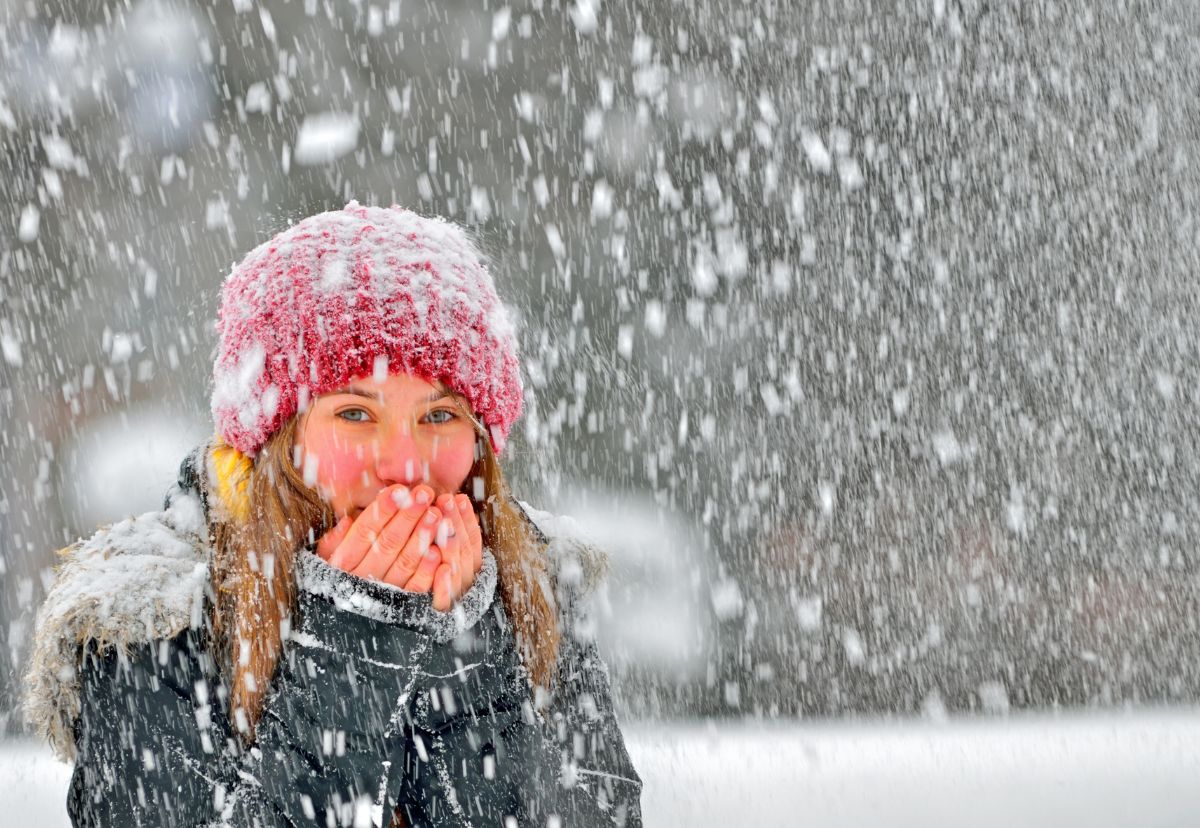Tis the season for snow! With that, we thought we’d make our monthly installment of the How It’s Made article about snow. There are two types: natural and man-made. We’ll outline both below.
Natural Snow
The Earth’s atmosphere is filled with water and water droplets. At times, these droplets will combine with dust, bacteria and other items floating in the air. When temperatures in the atmosphere drop to very cold levels, the water/dust/bacteria-combined droplets freeze and become tiny ice crystals. A snowflake is created when 2-200 of these ice crystals bond together. With the help of gravity snowflakes fall from the clouds to the ground, a distance of nearly 20,000 feet and a journey that lasts approximately an hour!
Man-Made Snow
When I say man-made snow, I’m talking about the snow you see at ski resorts. To ensure their success on a seasonal basis resorts must create their own snow. This snow is denser than natural snow and doesn’t melt as soon as when packed down on the trails and hills. So, how do they make it?
Key Components
- Snow Guns or Fan Guns
- Power Connections and Power Pedestals
- Air Compressors
- Water Connections Snowmakers
Snow guns and fan guns are the large pieces of equipment that blow the manufactured snow onto the mountains. You can find these on top of poles and at ground level. Although the two types of guns perform the same task, they operate differently.
- Fan guns require the use of electricity and power connections. As a result, an electrical distribution system is created through the use of power pedestals (electrical boxes) and power cords.
- Snow guns do not utilize electricity. Rather, this type of gun operates through the use of compressed air. Air compressors create the power that propels the snow out of the guns.
Regardless of gun type, both types require water. Water connections consist of what is essentially a large fire hose that can withstand a high level of water pressure (PSI) in addition to many miles of water pipeline underground and hydrants at each fan gun hookup.
Finally, snowmakers! Yes – you can create a career (at least seasonally) by being a snowmaker. These workers evaluate weather conditions first and foremost. Then, based upon weather conditions, they manipulate, coordinate and control the operations of the making systems. This happens by creating the “just right” mix of water, temperature, and air. These mixes vary on each hill, as well, helping to create the various difficulty levels of each ski run.
Check out the video below to learn how the experts do it.
Other Key Components
- Snowmaking ponds (water sources)
- High-powered turbine pumps (for pushing water throughout the systems)
- Air coolers (cooling the compressed air)
- Computers (for monitoring and adjusting the making process)
- Weather stations (sending weather and humidity to the computer)
- Groomers (for compacting and grooming to ideal conditions)
With all that said, I can’t say I’m signing up to be a snowmaker anytime soon but I might try to be a snowflake maker. Below are links that will bring you to templates and instructions for making paper snowflakes. Try it if you’re ever stuck inside on a snow day!








